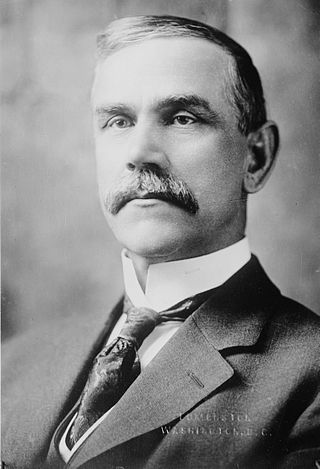
Reed Smoot was an American politician, businessman, and apostle of the Church of Jesus Christ of Latter-day Saints. A Republican who was first elected to the U.S. Senate by the Utah State Legislature in 1902, he served from 1903 to 1933. Smoot is primarily remembered as the co-sponsor of the 1930 Smoot–Hawley Tariff Act, which increased almost 900 American import duties. Criticized at the time as having "intensified nationalism all over the world" by Thomas Lamont of J.P. Morgan & Co., Smoot–Hawley is widely regarded as one of the catalysts for the worsening Great Depression.

The Reed Smoot hearings, also called Smoot hearings or the Smoot Case, were a series of Congressional hearings on whether the United States Senate should seat U.S. Senator Reed Smoot, who was elected by the Utah legislature in 1903. Smoot was an apostle in the Church of Jesus Christ of Latter-day Saints, one of the top 15 leaders of the church. The hearings began in 1904 and continued until 1907, when the Senate voted. The vote fell short of a two-thirds majority needed to expel a member so he retained his seat.

Frank Jenne Cannon was the first United States Senator from Utah, who served from 1896 to 1899.

The 2004 United States presidential election in Utah took place on November 2, 2004. It was part of the 2004 United States presidential election. Voters chose five representatives, or electors to the Electoral College, who voted for president and vice president.

The 1904 United States presidential election in Pennsylvania took place on November 8, 1904 as part of the 1904 United States presidential election. Voters chose 34 representatives, or electors to the Electoral College, who voted for president and vice president.

The 1912 United States presidential election in New Mexico took place on November 5, 1912, and all contemporary forty-eight states participated as part of the 1912 United States presidential election. Voters chose three electors to represent them in the Electoral College, which voted for President and Vice President.

Early in its history, the Church of Jesus Christ of Latter-day Saints had a series of negative encounters with the federal government of the United States. This led to decades of mistrust, armed conflict, and the eventual disincorporation of the church by an act of the United States Congress. The relationship between the church and the government eventually improved, and in recent times LDS Church members have served in leadership positions in Congress and held other important political offices. The LDS Church becomes involved in political matters if it perceives that there is a moral issue at stake and wields considerable influence on a national level with over a dozen members of Congress having membership in the church in the early 2000s, and about 80% of Utah state lawmakers identifying as LDS.

The 1932 United States presidential election in Minnesota took place on November 8, 1932 as part of the 1932 United States presidential election. Voters chose 11 electors, or representatives to the Electoral College, who voted for president and vice president.

The 1932 United States presidential election in Utah took place on November 8, 1932, as part of the 1932 United States presidential election. All contemporary forty-eight states took part, and state voters selected four voters to the Electoral College, who voted for president and vice president.

The 1916 United States presidential election in Utah took place on November 7, 1916. All contemporary forty-eight states were part of the 1916 United States presidential election. State voters chose four electors to the Electoral College, who voted for president and vice president. This was the first election featuring as a distinct voting unit Duchesne County, which had been split from Wasatch County in 1915.

The 1912 United States presidential election in Utah was held on November 5, 1912 as part of the 1912 United States presidential election. State voters chose four representatives, or electors to the Electoral College, who voted for president and vice president.

The 1908 United States presidential election in Utah was held on November 3, 1908, throughout all forty-six contemporary states as part of the 1908 United States presidential election. State voters chose three representatives, or electors to the Electoral College, who voted for president and vice president. This was the last election when Utah had the minimum three electoral votes as it would gain a second congressional district after the 1910 Census.

The 1900 United States presidential election in Utah took place on November 6, 1900, as part of the 1900 United States presidential election held in each of the forty-five contemporary states. State voters chose three representatives, or electors to the Electoral College, who voted for president and vice president.

The 1896 United States presidential election in Utah was held on November 3, 1896 as part of the 1896 United States presidential election. Voters chose three representatives, or electors to the Electoral College, who voted for president and vice president. This was the first time Utah participated in a presidential election, having been admitted as the 45th state on January 4 of that year.
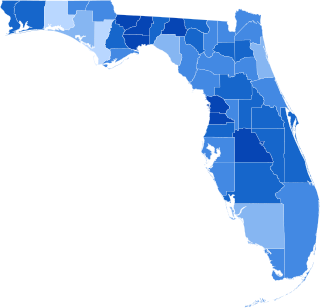
The 1904 United States presidential election in Florida was held on November 8, 1904. Voter chose five representatives, or electors to the Electoral College, who voted for President and Vice-President.

The 1904 United States presidential election in South Carolina took place on November 8, 1904 as part of the 1904 United States presidential election. Voters chose nine representatives, or electors to the Electoral College, who voted for president and vice president.
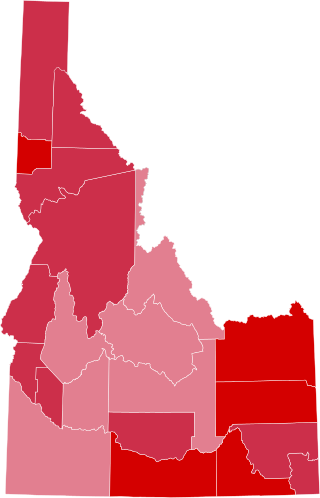
The 1904 United States presidential election in Idaho took place on November 8, 1904. All contemporary 45 states were part of the 1904 United States presidential election. State voters chose three electors to the Electoral College, which selected the president and vice president.
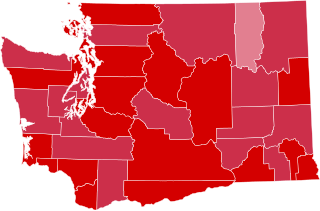
The 1904 United States presidential election in Washington took place on November 8, 1904. All contemporary 45 states were part of the 1904 United States presidential election. Voters chose five electors to the Electoral College, which selected the president and vice president.
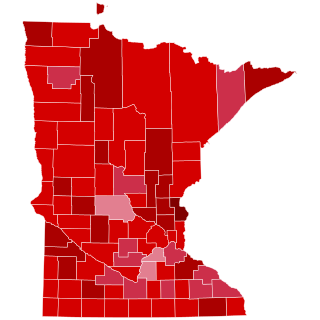
The 1904 United States presidential election in Minnesota took place on November 8, 1904. All contemporary 45 states were part of the 1904 United States presidential election. Minnesota voters chose 11 electors to the Electoral College, which selected the president and vice president.
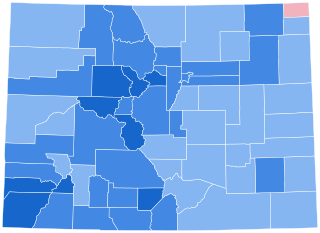
The 1916 United States presidential election in Colorado took place on November 7, 1916. All contemporary forty-eight states were part of the 1916 United States presidential election. State voters chose six electors to the Electoral College, who voted for president and vice president.

























